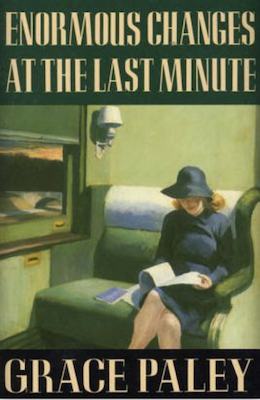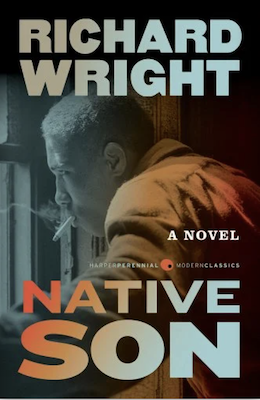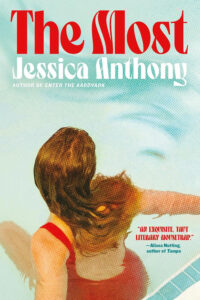This first appeared in Lit Hub’s Craft of Writing newsletter—sign up here.
Article continues after advertisement
I’m not great with technology. I find no sensory pleasure in screens. I’m a person who prefers to roll down the window of the car with that little handle. (I drove a 1986 Ford Escort until the paint flaked off, and I sold it to a friend for $300). When teaching, I still prefer paper manuscripts. But when 2020 landed on us, I had to learn how to teach over a screen like the rest of the world.
Of all the aspects of fiction, structure is one of the most difficult knots to untangle. I had no idea how I was going to teach structure on a screen, because the only way I’ve known to teach structure is by intimately connecting it to character and style. My students and I walk though stories by their sentences, examining how character deepens through the lightest moments of action, dialogue, observation. (Jim Shepard once called this, in a peripheral way, “logrolling.”)
Logrolling works, but can be a tedious business, especially for neophytes, and it usually takes several weeks, if not entire semesters, before students start to get the hang of it, or even just start to like thinking about it. In the fall of 2020, the entire enterprise of logrolling felt impossible on Zoom. I started to wonder if there was another way to communicate structure. Did I even fully understand what structure was?
Structure is a sentence, a paragraph, a page, a chapter. It is both scene and narrative. It is, one can argue, the entire enterprise of story. It’s also maybe sort of a mathematical and obtuse way to think about a human art. If we are sitting down to write a story, probably the very last thing we should be doing is planning out its architecture, as doing so risks closing the door to Lorca’s duende, that “mysterious force that everyone feels and no philosopher can explain.” The duende lies in the car handle. You don’t touch structure; you work it.
I thought about how my books came to find their structures, and realized that what I had been doing was teaching myself, through experimentation and failure, about the art of time. I started to see scenes differently, not as a structural apparatus, but as a magical contradiction of time. When I sat down to write Enter the Aardvark, I gave myself three days to bring down the re-election campaign of a U.S. congressman. How different would that novel have been if I gave myself a full year? What about twenty minutes? How much time would I have spent in scene versus narration? When I wrote The Most, I gave myself one working day. Eight hours. We know how much we can get done in a day according to our clocks. So it can go in story. What if we only met Emma Bovary for two days, and not a lifetime?
_______________________________________________________________
BOOK RECOMMENDATIONS FROM JESSICA ANTHONY


Here’s the rub: scenes read quickly. The dialogue or power of the narrator’s imagery hastens us along, and the pages turn—but literal time is suspended in a scene. Time stops as the reader is imagining, say, thirty minutes of conversation at a wake. I’ll never forget the experience of reading, say, the lengthy courtroom scenes in Richard Wright’s Native Son, and boundaries of acceptability in all aspects of story should always be tested, but we typically we drop into scene specifically so we can drop out of it. Especially in short stories. That crusty old adage “show don’t tell” falls apart when reading Murakami’s “Tony Takitani.” The art of narration is the art of telling, and telling can hasten us through an entire life in six pages, as Murakami does with Shozaburo. Our kindergarten teachers were right: it’s show and tell.
With my students on Zoom, I decided to try something new. I asked them to write a complete short story in one single present moment scene, and then a complete short story “over time.” I found an anthology Single Scene Short Stories, edited by Margaret Bishop, and together we read a pile of stories written in a single scene and tried to figure out what a scene is. How does that past make itself known in a single present moment? How did Grace Paley convey the entire story of a relationship in “Wants”? How did Weike Wang do it in “Omakase”? Not everyone nailed the assignment, but the difference was immediate. Gesture becomes enormously important this way, as we don’t have the freedom for characters to change in those invisible hours that pass with a narrative signal like “Weeks later…”
Choosing how much time will pass in the present moment of a fiction is choosing a structure, but the door stays open. The hand is on the car handle.
_______________________________________________

The Most by Jessica Anthony is available now via Little, Brown.
